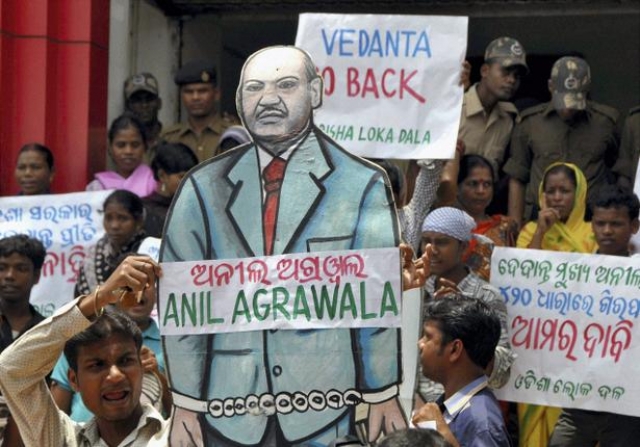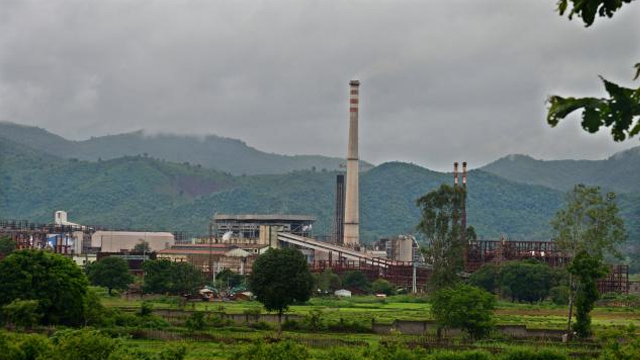It is difficult compare a cash mound of Rs 50,000 crore with the lofty mountains in the Niyamgiri Hills of Odisha. Though, the money’s worth is reflected in a sprawling alumina refinery set up by the Vedanta Group a few years ago.
Bordered by lush mountains, the plant has huge chimneys, soaring over tiny hutments in a small-town called Lanjigarh in Kalahandi district, reflects the affirmed desire of London-based billionaire Anil Agarwal’s to turn Vedanta into a mining giant. Vedanta Resources operating in other countries, apart from India, have revenues of $14 billion.
It is difficult compare a cash mound of Rs 50,000 crore with the lofty mountains in the Niyamgiri Hills of Odisha. Though, the money’s worth is reflected in a sprawling alumina refinery set up by the Vedanta Group a few years ago.
Bordered by lush mountains, the plant has huge chimneys, soaring over tiny hutments in a small-town called Lanjigarh in Kalahandi district, reflects the affirmed desire of London-based billionaire Anil Agarwal’s to turn Vedanta into a mining giant. Vedanta Resources operating in other countries, apart from India, have revenues of $14 billion.
In order to win the game, Agarwal dotted a prospect of mining bauxite in Niyamgiri and refining it in the environs, a move that was likely to end up as one of the most cost-effective operations in the global aluminium industry.
The move was an industrial masterstroke giving in to the blazing demand for aluminium. Moreover, Odisha is known to have large deposits of bauxite — an estimated 2,000 million tonnes as against the country’s total deposit of 3,000 million although it has never been considerably extracted due to local opposition.

Vedanta moved ahead with speed and constructed the infrastructure for one million tonne per annum alumina refinery, way before getting the clearances mandatory to mine Niyamgiri, which was observed as a bad move. As the infrastructure came up, the tribals residing in the area defied to the company’s presence in the region for years and most of the land Vedanta required was the forest land, and thus required clearances.
In 2004, Vedanta had signed a memorandum of understanding (MoU) with the Odisha government for bauxite supplies and as per the agreement; around half of the assured supply out of the total 150 million tonnes was supposed to come from Niyamgiri.
Two years later, Vedanta has roughly spent a massive amount of Rs 50,000 crore on creating the infrastructure to get aluminium, without receiving access to the raw material required and it did not even seem that access would come in a hurry.
However, it could never operate the plant at full capacity due to shortage of bauxite, the key raw material used to produce alumina.
Lately, the process to obtain views of villagers on the planwas completed on Monday with the last of the 12 villages unanimously opposing it, officials and eyewitnesses said.
The Supreme Court had on April 18 asked the state to go to gram sabhas to understand the religious and cultural aspects of tribals in the region.
A total of 403 voters, including 234 women, participated in the gram sabhas and voiced their religious and cultural rights over the hills and against mining, officials said.





